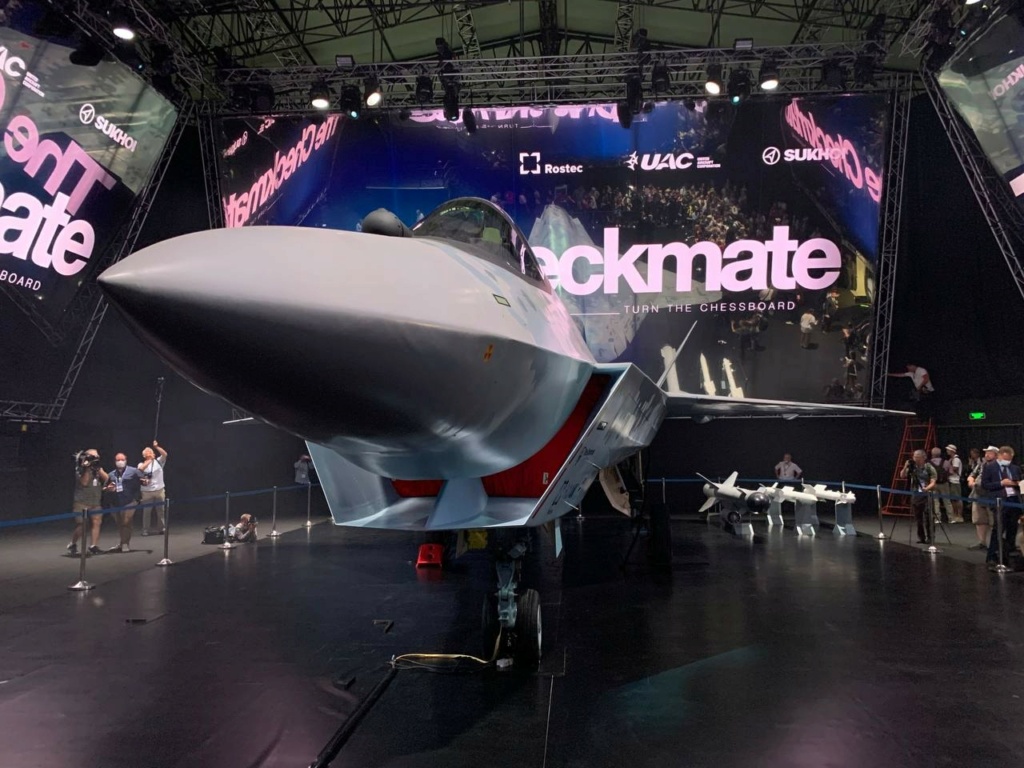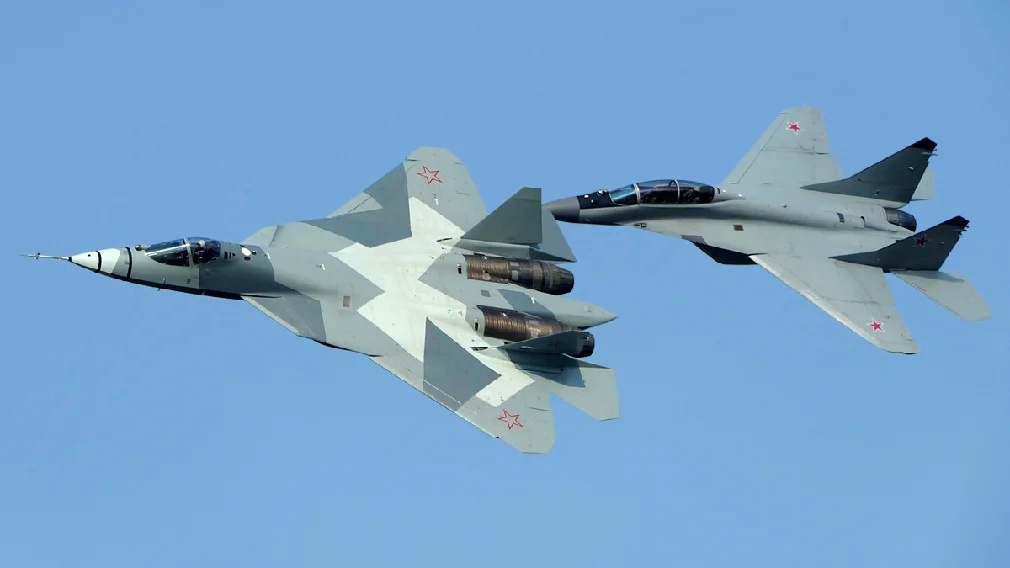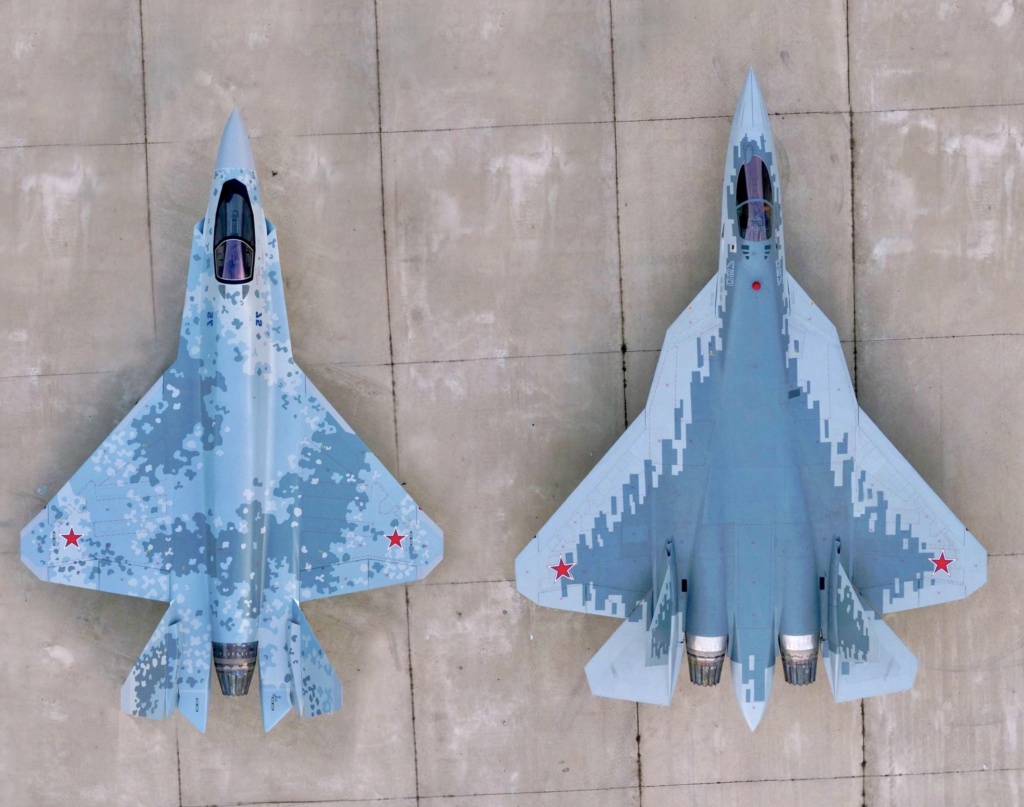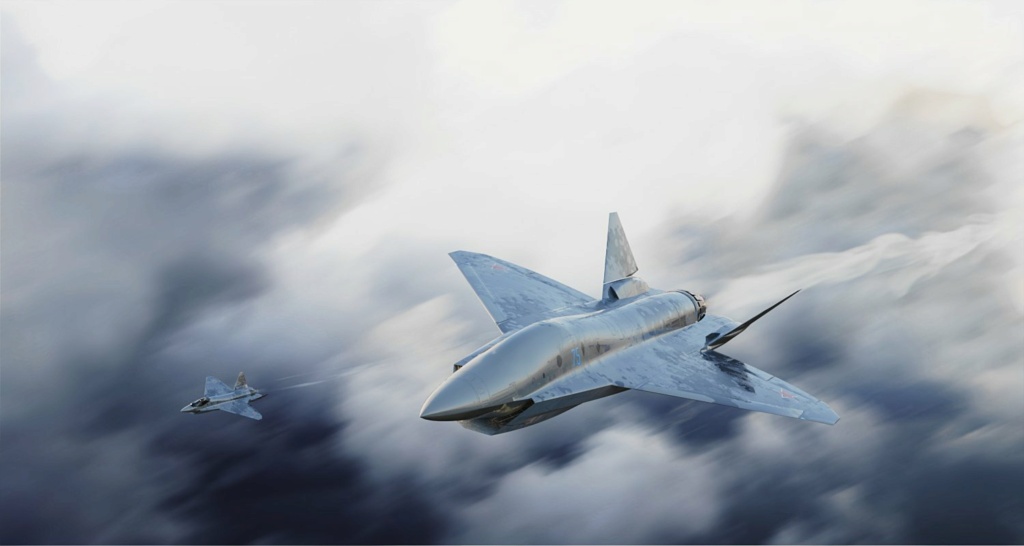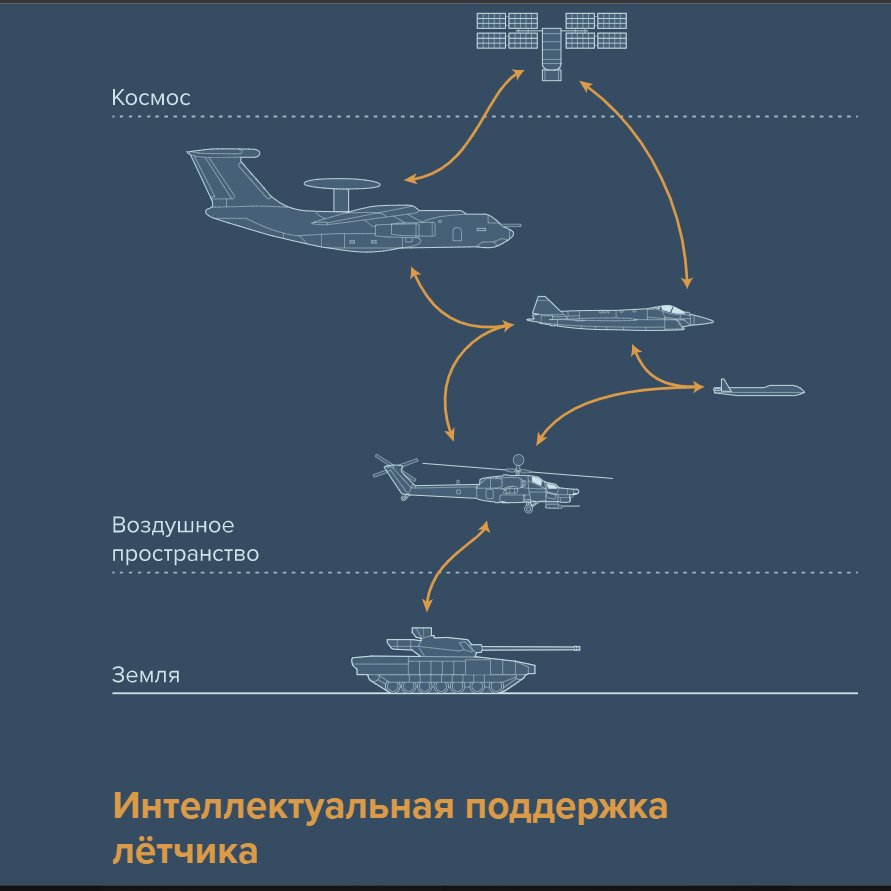Things like Helmet mounted sights and high off boresight missiles led to a change in thinking however.... during tests in the 1990s against East German MiG-29Bs although the F-16 was able to get onto the tail of the MiG 62% of the time they lost every single engagement because it was deemed that teh MiG pilot was able to get a lock and launch his R-73 within the effective envelope of that missile and were therefore given the kill before the F-16 could launch their missile or get on the target aircrafts tail.
The R-73 had a wide field of view.... previously IR guided missiles had narrow fields of view to limit the chance of them seeing the sun or other hot object that would distract them from their intended target. The tracking speed of old IR missiles meant if you could pull 9g either the tracking ability of the missile seeker would fail it and it would lose lock or the turn required to keep your aircraft inside its field of view would be much too hard for the tiny fins on air to air missiles to cope with.
The R-73 had a wide field of view... over 40 degrees in the early models... compared with about 12.5 degrees for your average Sidewinder which was otherwise a good missile of the period. The R-73 also had a seeker that was capable of tracking targets at very high speed... but it also had thrust vector capability too.
It wasn't a sophisticated gimbled nozzle sealed to high temperature supersonic rocket exhaust flow.... it merely used metal paddles that were thrust into the rocket exhaust to deflect the thrust and allow very hard turns to be achieved.
This meant even of you pulled 9g it could keep its nose pointed at you in a lock and keep flying towards you till its rocket motor burned out.
The minimum engagement range was an astounding 300m, and when turning hard off the pylon at launch its max range was obviously massively reduced because a lot of energy would be used up turning instead of accelerating to higher flight speed.
The point is that for a missile not losing lock is critical, and for an aircraft the ability to point your nose and therefore your radar and IRST and missiles and gun at a target without worrying about stalling is incredibly important.
With new fighters like the Su-57 they will want to take advantage of their stealth by using medium and long range AAMs against high value targets, while the wing mounted short range missiles will actually likely be small self defence anti missile missiles I suspect.
For a light fighter like Checkmate over time its design could be adapted to have those small internal weapon bays scattered all over its under surface to allow large numbers of small self defence missiles to be carried in addition to larger bays for bigger weapons, though in the case of the Checkmate one bay is the same as the Su-57 so any long or medium range AAM as well as air to ground weapons could be carried in there, while the front two side bays are probably similar to the wing mounted bays for small short range self defence missiles.
What ...I hear you say.... a new light fighter that can't carry its own weight in weapons... well carrying a lot of weapons would ruin it... it would need to be bigger and heavier which would make it more sluggish and also more expensive.
This is a cheap to buy and cheap to operate fighter... don't put all your missiles in one plane... when they are cheap to buy and cheap to use then having more of them means you have more missiles but more importantly you also have more radar and more IRST sensors around the place detecting targets... they will likely have their own drones carrying extra missiles too so there will be no shortage of missiles and you avoid the trap of making a light fighter into a medium fighter that costs more to buy and operate so you can't have as many or use them as much.





